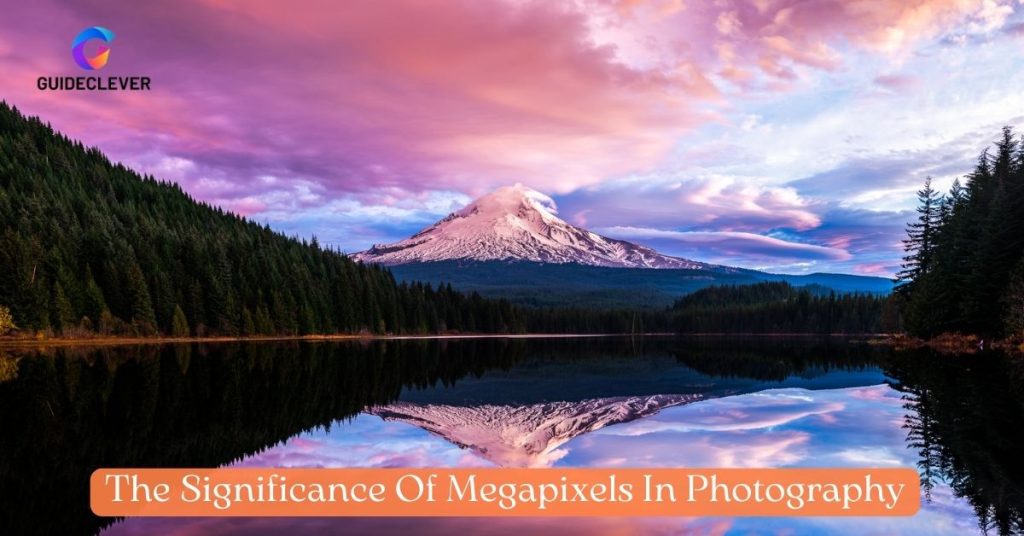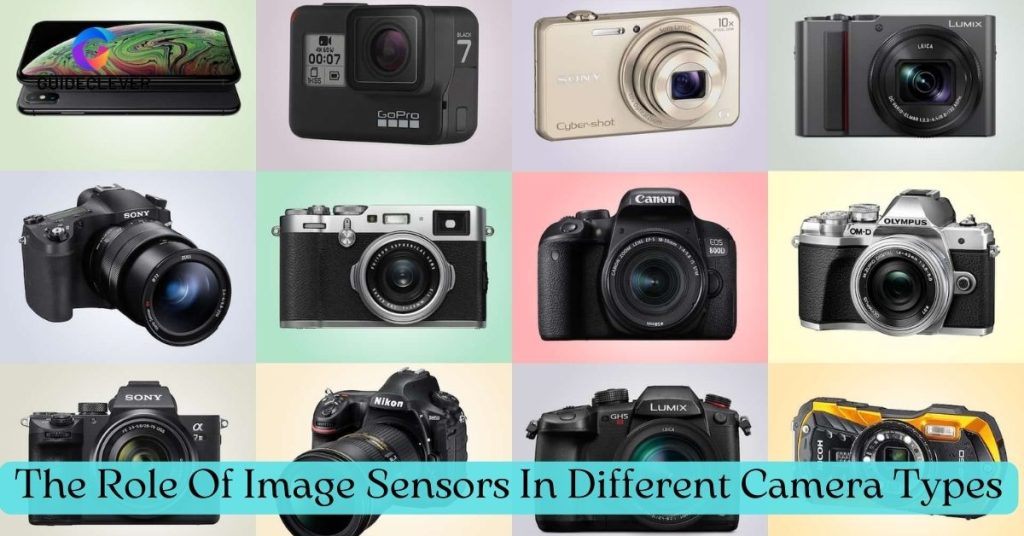In the world of digital photos, camera size, and megapixels are two important specs. Both are important parts of taking good pictures. But they do different things and have other effects on the end result. It’s important for shooters and hobbyists alike to understand the link between sensor size and megapixels. In this piece, we’ll talk about the Role of Sensor Size play in Conjunction With Megapixels. Also, will talk Significance Of Megapixels In Photography and Sensor Size Impacts Megapixels. So let’s start!
First of all, we will know What Role the image sensor size plays in the camera.
Contents
- 1 What Role Does The Image Sensor Size Play in Camera?
- 2 What is the Standard Image Sensor size?
- 3 Why does A Camera’s Sensor Size Matter?
- 4 Discuss the advantages and disadvantages of larger and smaller sensor sizes
- 5 The Significance Of Megapixels In Photography
- 6 5 Ways Sensor Size Impacts Your Megapixel
- 7 The Role Of Image Sensors In Different Camera Types
- 8 FAQ
- 9 Conclusion
What Role Does The Image Sensor Size Play in Camera?

The size of a camera’s picture sensor refers to how big the sensor itself is. It affects how much light the sensor can pick up and the general brightness of the picture. Larger sensors have more surface area. So they can gather more light and make better images than smaller sensors.
Now we know the role image sensor size plays in cameras. Next, we will know the standard image sensor sizes.
What is the Standard Image Sensor size?
Different camera systems use different-sized sensors. Full-frame (35mm), APS-C, Micro Four Thirds, and smaller sensors found in tiny cameras and smartphones are all common sizes for sensors. Full-frame sensors have the most surface area, followed by APS-C. . Smaller sensors are often used in smaller, more portable gadgets.
Now we will know why a camera sensor size matters.
Why does A Camera’s Sensor Size Matter?
Sensor size plays an important role in many aspects of photography. Some of these are picture quality, how well the camera works in low light, depth of field control, size and weight, and lens compatibility. Understanding these factors helps photographers make informed decisions when selecting a camera.
Discuss the advantages and disadvantages of larger and smaller sensor sizes
Larger Sensor Sizes Advantages
- Better image quality
- Improved dynamic range
- Enhanced low-light performance
- And superior depth of field control
Larger Sensor Sizes Disadvantages
- Larger size and weight
- Higher cost
- And limited lens options in some camera systems.
Smaller Sensor Sizes Advantages
- Compact and lightweight
- More affordable
- Greater depth of fiel
- And wider lens selection in some camera systems.
Smaller Sensor Sizes Disadvantages
- Reduced image quality
- Limited dynamic range
- And compromised low-light performance
Now we will know The Significance Of Megapixels In Photography.
The Significance Of Megapixels In Photography

Megapixels measure the size of a picture and show how many pixels the camera’s sensor can record. When the number of megapixels goes up, the size of the picture goes up, and you can crop or print it without losing information. But the amount of megapixels is not the only thing that determines how good a picture is.
5 Ways Sensor Size Impacts Your Megapixel
Below is a discussion of 5 ways sensor size affects your megapixels
Impact On Image Quality
Image quality is largely based on sensor size. Larger sensors can pick up more light. Consequently, it gives better low-light performance and better control over the depth of field. So, smaller cameras may not be good in these areas. These can make pictures less clear, especially when there isn’t much light.
Low Light-Performance
One of the biggest advantages of large camera sensors is that they work very well, even in low light. Larger cameras are better at capturing light at higher ISO settings. As they have more area to do so. This is especially important for shooting
- At Night,
- Indoors, Or
- In Any Other Situation With Limited Light
Depth Of Field
Sensor size also influences the depth of field, which refers to the range of distance in an image. The depth of field is less when the camera is bigger. These also make it easier for shooters to get a clearer split. This effect is good for pictures and artsy photos where a blurry background helps to make the subject stand out.
Size And Weight Considerations
Camera size and weight are important factors for many photographers. Most of the time, cameras with bigger sensors are heavier than cameras with smaller sensors. Even though the picture quality is better with bigger cameras. Here, you must think about portability and ease of use.
Sensor Size And Lens Compatibility
The size of the sensor also affects how well a lens fits. Different camera systems use lens mounts that are made for the size of their sensors. For example, full-frame lenses are meant to work best with full-frame sensors. While lenses made for smaller sensors cannot cover the entire frame of cameras with larger sensors. When making a camera system, it is very important to keep in mind how the sensor size and lens fit together.
The Role Of Image Sensors In Different Camera Types

Different types of cameras have different-sized sensors, and each type has its own pros and cons. Full-frame sensors are popular among professional shooters. Because of their high picture quality and good performance in low light. APS-C and Micro Four Thirds sensors find a good mix between picture quality and portability.
Next, we will Know some FAQ For Sensor Size Play In Conjunction With Megapixels.
FAQ
Is sensor size more important than megapixels for a camera?
Sensor size and megapixels both play significant roles in determining image quality. But their importance depends on specific shooting requirements. Sensor size influences low light performance, depth of field control, and image quality. Megapixels, on the other hand, affect picture resolution and the ability to crop or print bigger photos. In the end, getting the best picture quality means finding the right mix between sensor size and megapixels.
How does sensor size affect image quality?
In several ways, the size of the camera sensor affects the picture quality. Larger sensors have more surface area to catch the light. It means that the dynamic range, performance in low light, and noise levels are all better. This makes sharper pictures, gives more information, and shows colors better.
On the other hand, smaller cameras with more megapixels may not be able to gather enough light. Even it can lead to more noise and lower picture quality, especially in low-light situations.
Can I change the sensor size of my camera?
It’s not possible to change the size of a camera’s lens. If you want a different size sensor, you would have to buy a camera with the right specs.
Finally, we are going to the conclusion of Sensor Size Play In Conjunction With Megapixels.
Conclusion
Sensor size and megapixels are two important specs. Shooters need to think about this if they want to take great pictures. Megapixels have an impact on image resolution, but the size of the sensor is a key factor in effectively capturing light. This means better picture quality generally, better performance in low light, and more control over depth of field. To meet specific shooting needs and personal tastes, it’s important to find the right mix of sensor sizes and megapixels.


1 thought on “What Role Does Sensor Size Play In Conjunction With Megapixels?”